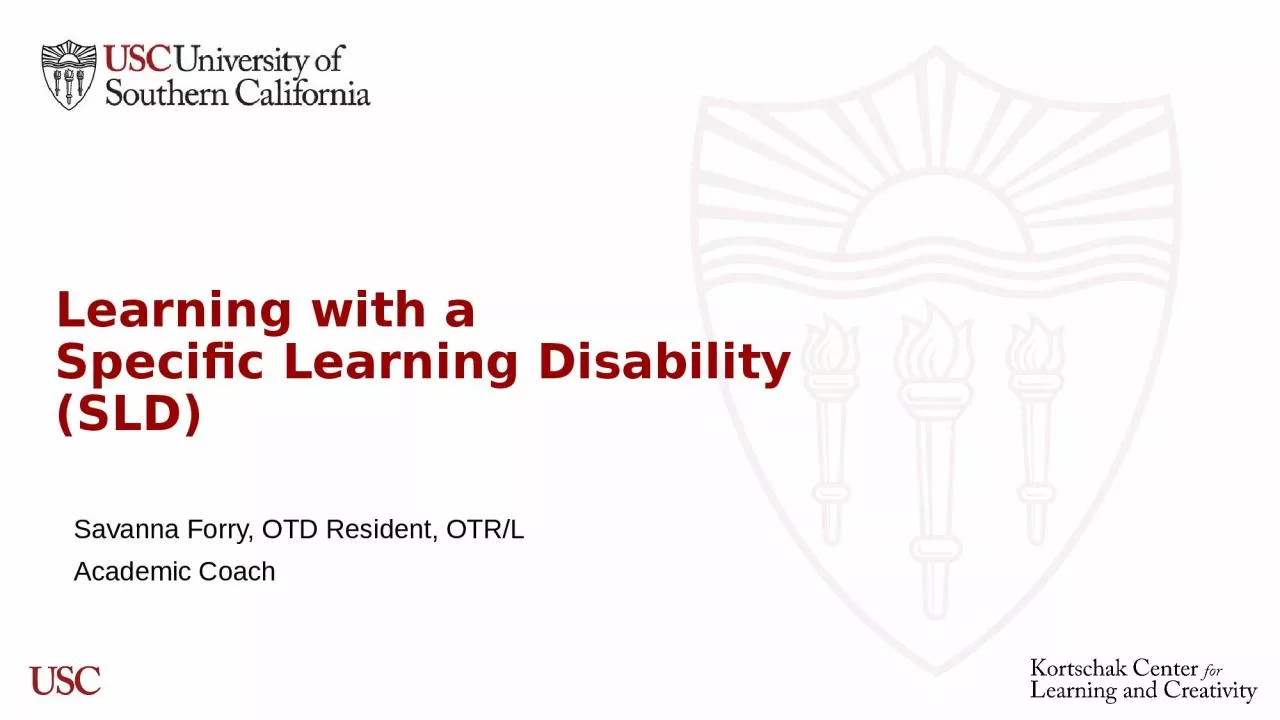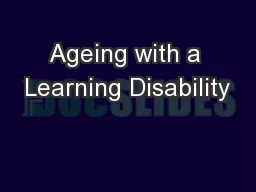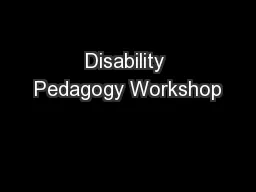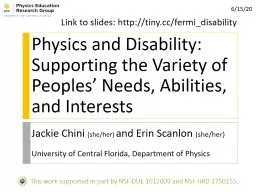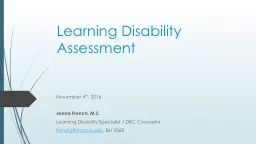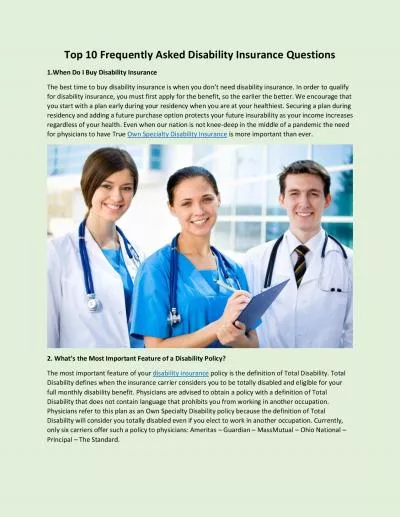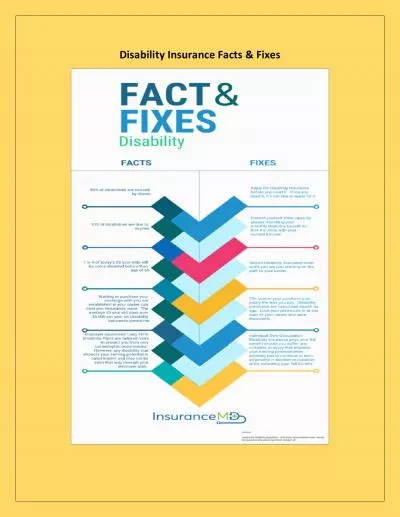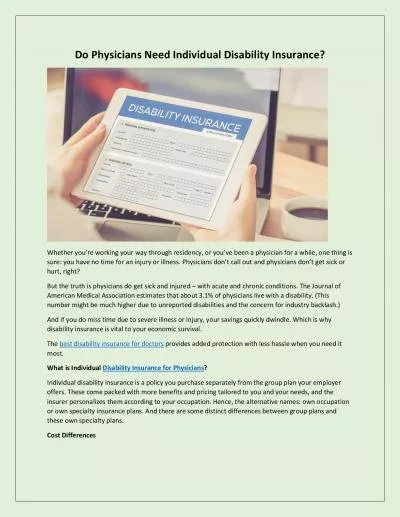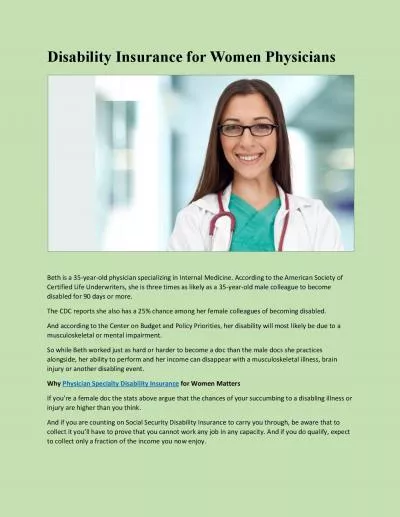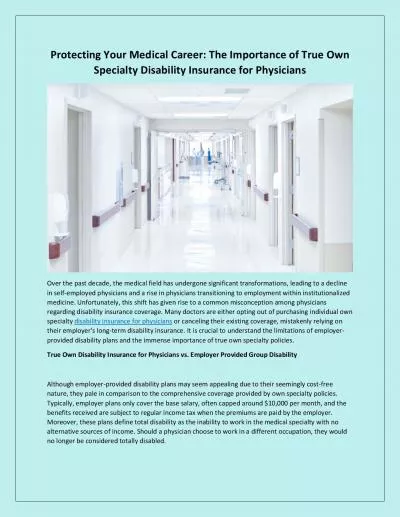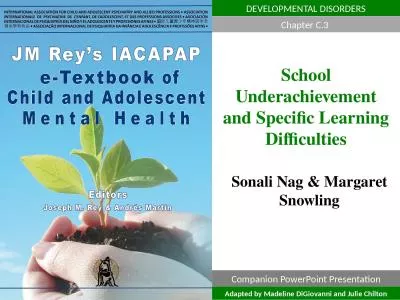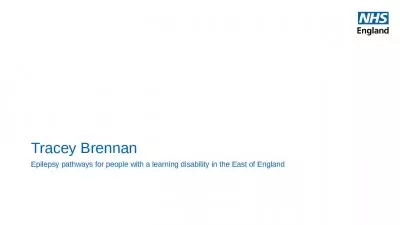PPT-Learning with a Specific Learning Disability
Author : grace3 | Published Date : 2024-02-09
SLD Savanna Forry OTD Resident OTRL Academic Coach What is a Specific Learning Disability SLD American Psychiatric Association 2013 3 Most Common Types of SLD
Presentation Embed Code
Download Presentation
Download Presentation The PPT/PDF document "Learning with a Specific Learning Disabi..." is the property of its rightful owner. Permission is granted to download and print the materials on this website for personal, non-commercial use only, and to display it on your personal computer provided you do not modify the materials and that you retain all copyright notices contained in the materials. By downloading content from our website, you accept the terms of this agreement.
Learning with a Specific Learning Disability: Transcript
Download Rules Of Document
"Learning with a Specific Learning Disability"The content belongs to its owner. You may download and print it for personal use, without modification, and keep all copyright notices. By downloading, you agree to these terms.
Related Documents

